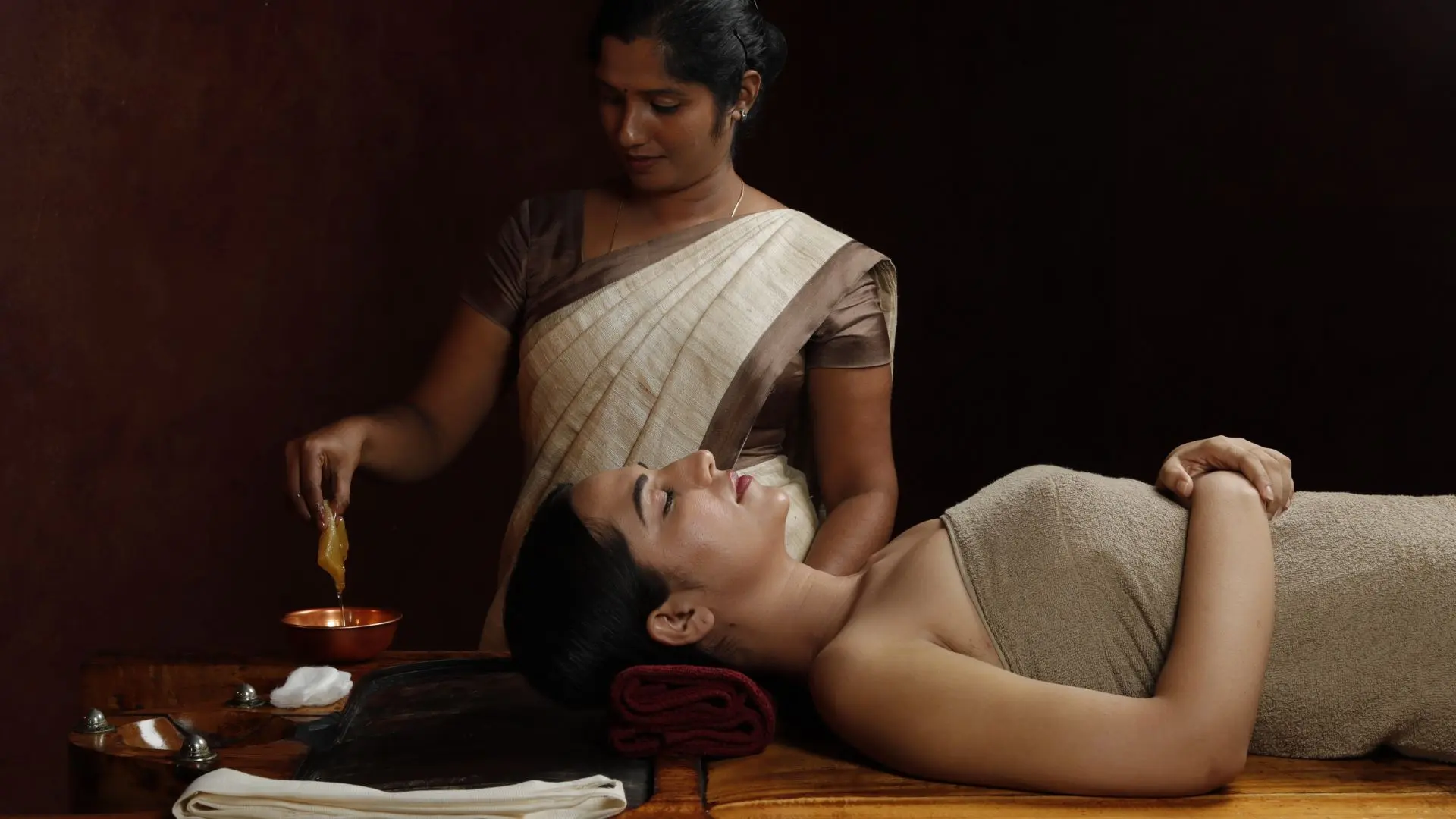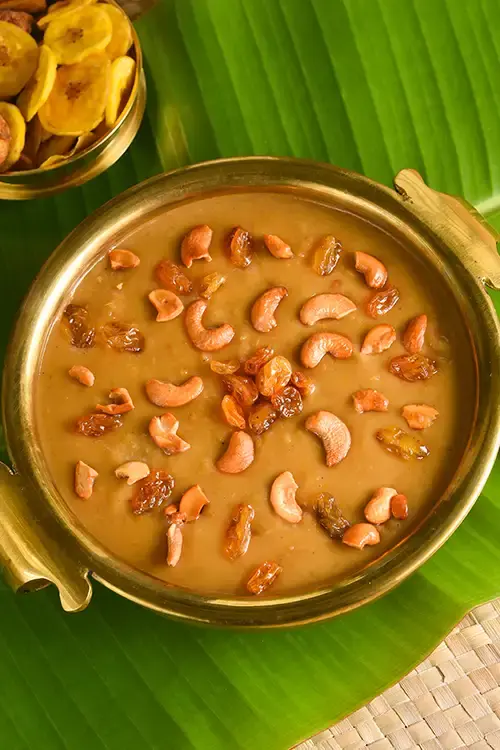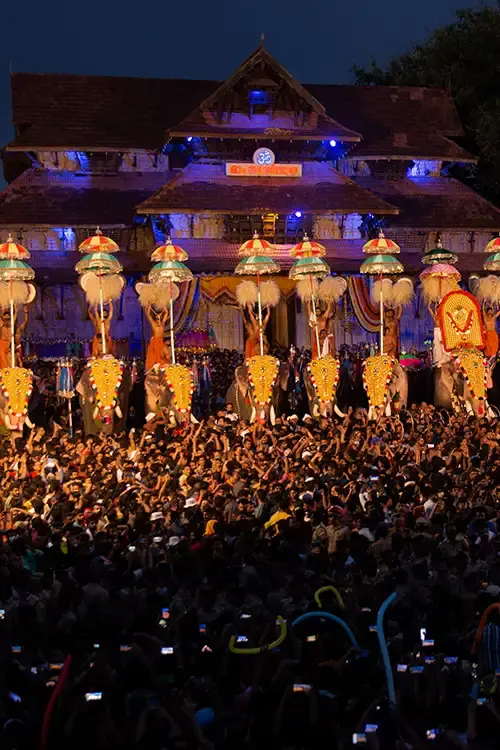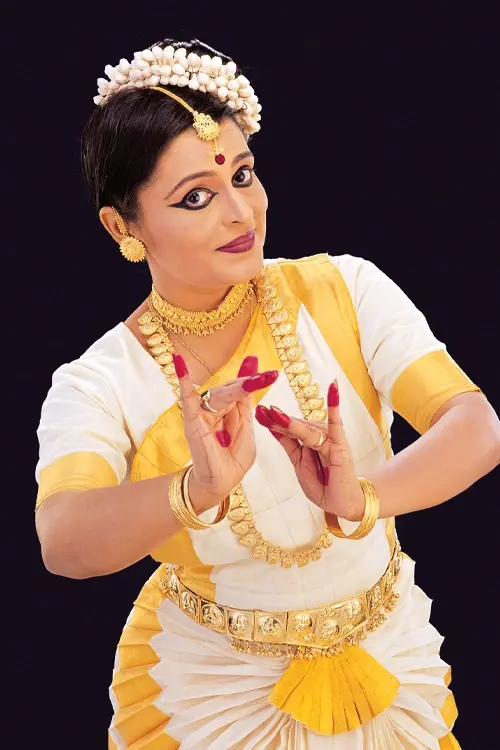FAQ
What is Special about Kathakali Costumes?
Richly coloured costumes, elaborate headgear and striking facial makeup, with each colour and pattern conveying specific emotions and characters, are the key features of Kathakali costume and make up.
Costumes and makeup hold immense significance in various classical art forms, playing a pivotal role in character portrayal. The Chutti (facial makeup) plays a crucial role in defining characters in both Kathakali and Kutiyattam. In these art forms, facial makeup is decided by the temperament and hierarchical status of the characters. Kathakali employs different types of makeup, including Pacha, Kathi, Thaadi, Kari and Minukku, each determined by the inherent qualities of the characters being depicted.
The colours utilized in Kathakali makeup carry specific meanings. For example, the colour green, categorized as Pacha, is associated with romance and noble qualities, representing mythical characters like Rama, Krishna and the Pandavas. On the other hand, red which symbolizes aggression and violence, is applied to characters like Dushasana. Black is linked to primitive human nature.
In addition to makeup, the Chutti, a white paper mask outlining the artist's jawline, is a crucial element. Historically, artistes used rice paste for Chutti, but in the mid-20th century, Thiruvalla Ramakrishna Panicker introduced thick bond white paper as a revolutionary alternative. Now, paper Chuttis have become a standard feature, worn by almost all male characters except Minukku.
The process of Kathakali makeup, known as Chutti Kuthu, takes two to three hours to complete. During the application, actors lie on their backs. The artistically crafted paper seamlessly blends with the green, black, or red colours, imparting an otherworldly aura to the character.






